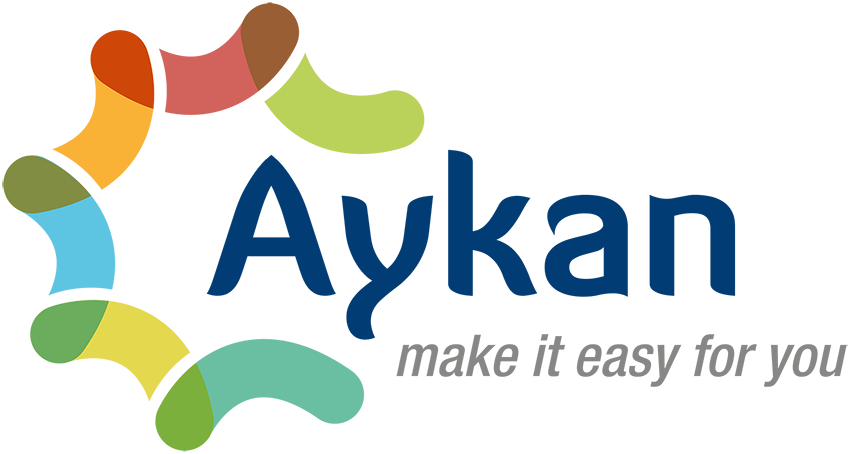Creating an online marketplace is more than just listing products and services—it’s about delivering an intuitive, engaging, and efficient user experience (UX). Great UX design is essential for building trust in your online marketplace. It’s all about creating a seamless, intuitive experience that makes users feel safe and confident. By using clear visuals, transparent information, and consistent branding, users are reassured that they’re in the right place. Trustworthy features, like verified reviews and secure payment methods, further enhance user comfort.
When your marketplace design prioritizes these elements, customers and providers are more likely to engage and build lasting relationships, which ultimately boosts your conversion rate. A well-designed marketplace builds trust, encourages transactions, and keeps users coming back. Whether you’re developing a peer-to-peer marketplace, a B2B platform, or a service-based marketplace, these five key UX principles will help you design an outstanding experience.
1.Marketplace design builds trust:
Building trust through design is crucial for the success of your marketplace, especially in its early stages. Visitors need to feel confident before making a purchase or signing up to become a provider. A great way to build trust is by leveraging social proof, such as displaying authentic customer reviews with real profile images and names. Adding well-known logos, like media mentions or partnerships, also boosts credibility. An “About” page gives a personal touch, sharing your mission and showing that you understand the market’s pain points.
Additionally, sharing expertise through a blog helps position you as an industry authority. For provider credibility, allow customers to see reviews, ratings, and past work, while showcasing professional certifications or verification badges adds further trust. These design elements create a reliable and transparent environment where users feel comfortable engaging with your marketplace.

2. Design a great matching experience:
Designing a great matching experience in your marketplace is key to delivering a seamless user experience. To enhance the matching process, it’s important to keep things simple and efficient. Start by asking a maximum of three targeted questions to help gather the necessary information without overwhelming the user. For example, you might ask about the type of service needed, the preferred time frame, or location.
Once you have this data, present users with a curated list of 3-6 relevant providers, rather than a long list of options. This helps customers feel that the choices are more personalized and manageable, making it easier for them to make a decision.
You can further improve the experience by surfacing your best providers first. This can be done by ranking them based on factors like response time, review scores, or conversion rates, ensuring that your most reliable providers are given priority. Additionally, if you have the resources, you might implement a concierge model, where a human expert assists customers in finding the best match. This adds a personal touch and can lead to better customer satisfaction and conversions.
3. Design how you provide value:
Providing value before asking for personal information is a crucial aspect of great marketplace design. When new visitors land on your site, they’re looking to quickly understand what your marketplace offers and how it can meet their needs. If they can’t explore your platform or see the value of your services without handing over personal details, they may leave and never return.
To create a better experience, allow visitors to browse and explore what you offer before requesting any information. For instance, let them see relevant providers or services tailored to their needs first. This builds trust and gives them a reason to stick around.
When you do ask for information, make sure it’s in context—at the right point in their journey. For example, only request sign-up details when they’re ready to book or make a decision. Be transparent about why you need their information and assure them you won’t misuse or sell their data. Finally, keep the form short and simple. Ask only for essential details, like a name, email, and password, to minimize friction and avoid turning visitors away with lengthy forms.

4. Design a sticky marketplace:
Designing a sticky marketplace is about creating features that keep both customers and providers coming back. Customer loyalty is easier and cheaper to maintain than attracting new users, so fostering long-term relationships is key.
One way to enhance stickiness is by allowing customers to build collections of their favorite items or services. For example, platforms like iStock let users create collections of stock images for future use, making it easier for them to return when they need more.
Personalizing the user experience is another great tactic. By offering personalized feeds, like YouTube does with its recommended videos, you can keep users engaged with content that is relevant to them, increasing the chances they’ll return.
For providers, giving them tools to build their own brand or reputation is essential. Platforms like Patreon enable creators to set up their own pages and promote themselves, fostering a sense of community and encouraging continued use.
Finally, providing workflow tools for providers, like those found on Upwork, can greatly increase stickiness. Features like submitting proposals, managing invoices, and running teams all within the platform make it more convenient for providers, encouraging them to keep coming back to manage their business. These strategies help ensure your marketplace remains a valuable resource for both sides of the transaction.
5. Invest in accessible marketplace design:
Investing in accessible marketplace design is crucial to ensuring that all users, regardless of ability, can use your platform. Accessibility helps you reach a larger audience by addressing the needs of those with disabilities, including the visually impaired, hearing impaired, and those with cognitive challenges.
To start, focus on color contrast to make sure that text stands out clearly from the background. A color contrast checker can help you verify that your design meets accessibility standards. Similarly, ensure that the font size is large enough to be legible and choose fonts that are easy to read, avoiding overly decorative styles that might be difficult for users to comprehend.
Incorporating Alt Texts for images is another key aspect. Alt Text allows screen readers to describe images to visually impaired users. When uploading images, make sure the Alt Text is descriptive, such as “Stack of blueberry pancakes,” instead of the default file name.
For video content, include closed captions to help those who are hearing impaired, or users who need to view content silently. Additionally, using accessible language—clear, concise, and jargon-free—will make sure all visitors can quickly understand your message and navigate your marketplace.
By considering these features, you can create a marketplace that is not only inclusive but also welcoming, improving both usability and reach.

Conclusion
A successful online marketplace hinges on prioritizing user experience (UX) through trust-building design, efficient matching, value-driven interactions, stickiness, and accessibility. By focusing on clear, transparent, and personalized features, you can create an environment where both customers and providers feel engaged and valued. Accessible design ensures inclusivity for all users, broadening your platform’s reach. By integrating these UX principles, your marketplace will foster lasting relationships, encourage repeat use, and ultimately drive higher conversion rates.
FAQs
1. What is UX (User Experience)?
UX (User Experience) refers to the overall experience a user has while interacting with a product, particularly a website or app. It encompasses every aspect of the user’s interaction, from ease of use and navigation to how enjoyable and efficient it is. A great UX design makes users feel comfortable and confident, ultimately encouraging engagement and fostering long-term relationships with the platform.
2. How can I build trust through marketplace design?
Building trust starts with transparent and authentic elements such as customer reviews, real user profiles, and clear information about your marketplace’s mission. Social proof, like media mentions and professional certifications, as well as features like verified payment methods, help reassure users that the platform is credible and reliable.
3.. How can I design a sticky marketplace that keeps users coming back?
To make your marketplace sticky, provide features that encourage ongoing engagement. Allow customers to build collections of items or services they can save for later. Offer personalized recommendations based on previous interactions. For providers, tools to build their brand and manage their business within the platform—like Upwork’s workflow tools—will foster loyalty.
4. What steps can I take to ensure the design of my marketplace is user-friendly?
To create a user-friendly marketplace, make sure your platform is intuitive, easy to navigate, and aesthetically appealing. Simplify decision-making with a well-structured layout, relevant product or service listings, and a straightforward checkout process. Provide users with enough information to make informed decisions, and ensure that all important elements, like payment options and customer support, are easily accessible.
5. What is a great matching experience, and why is it important for my marketplace?
A great matching experience involves simplifying and personalizing the process of connecting customers with providers. By asking a few targeted questions, you can narrow down the options and present a curated list, ensuring customers find the best-fit services quickly. A seamless, tailored matching process increases satisfaction and encourages users to return.






